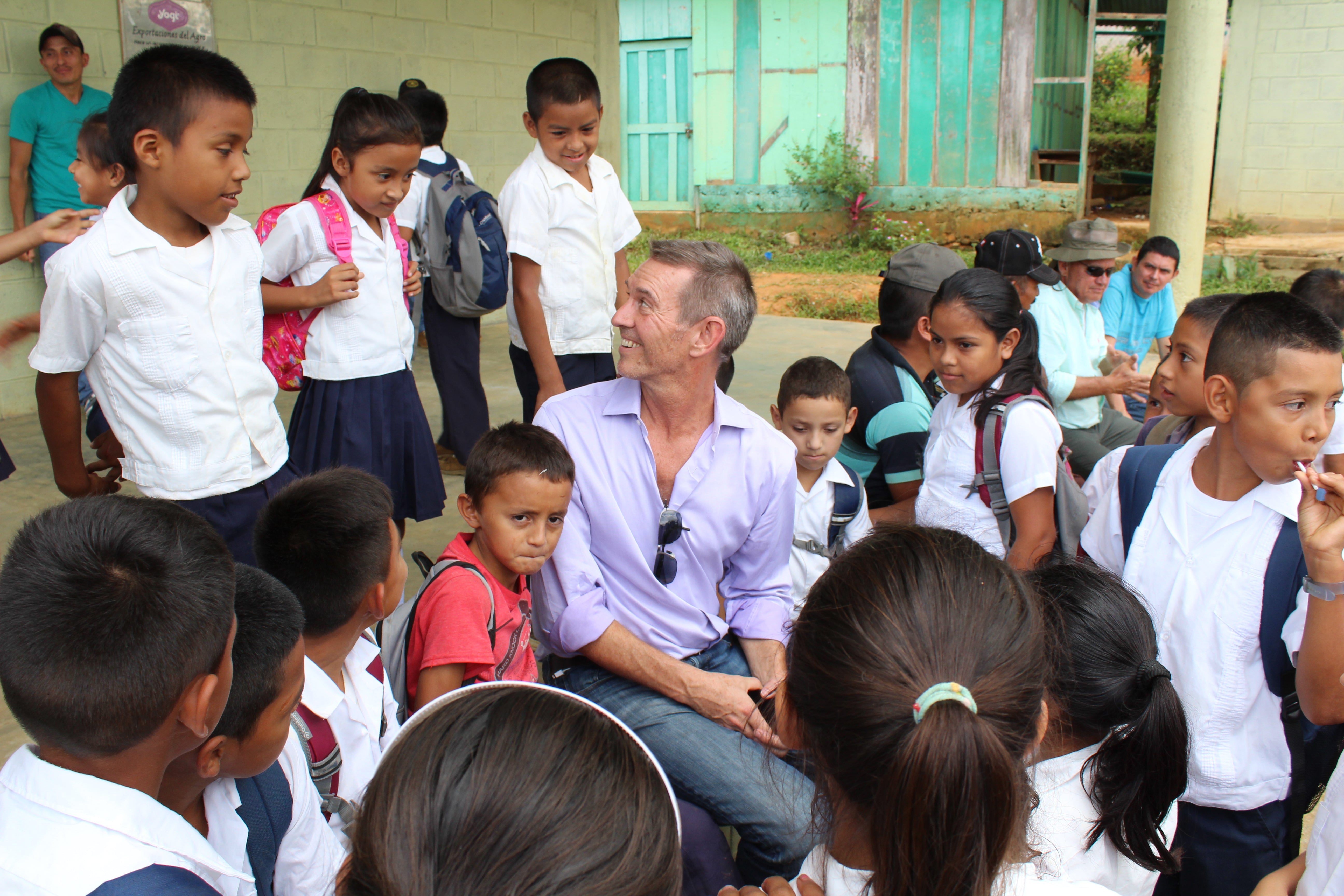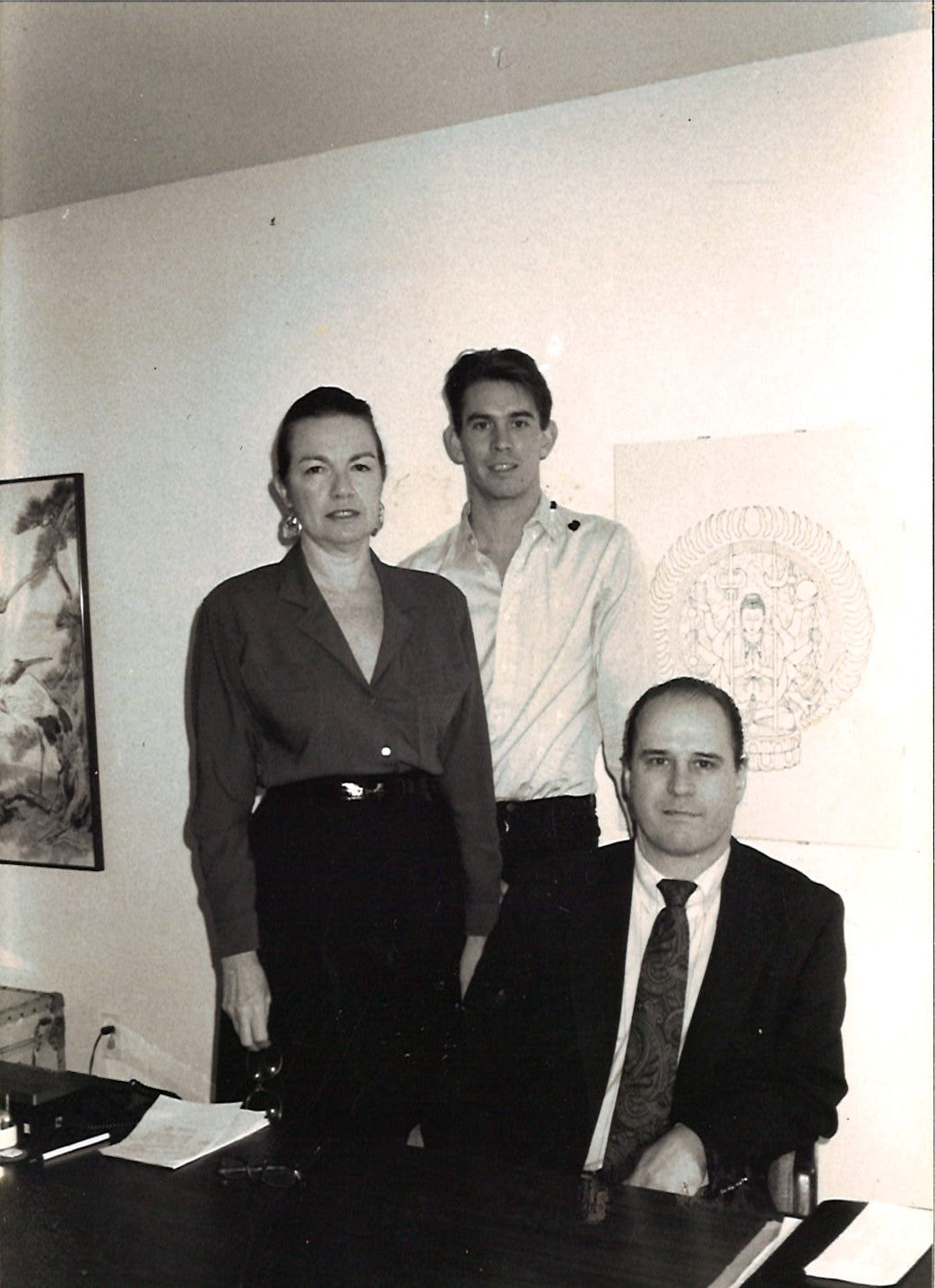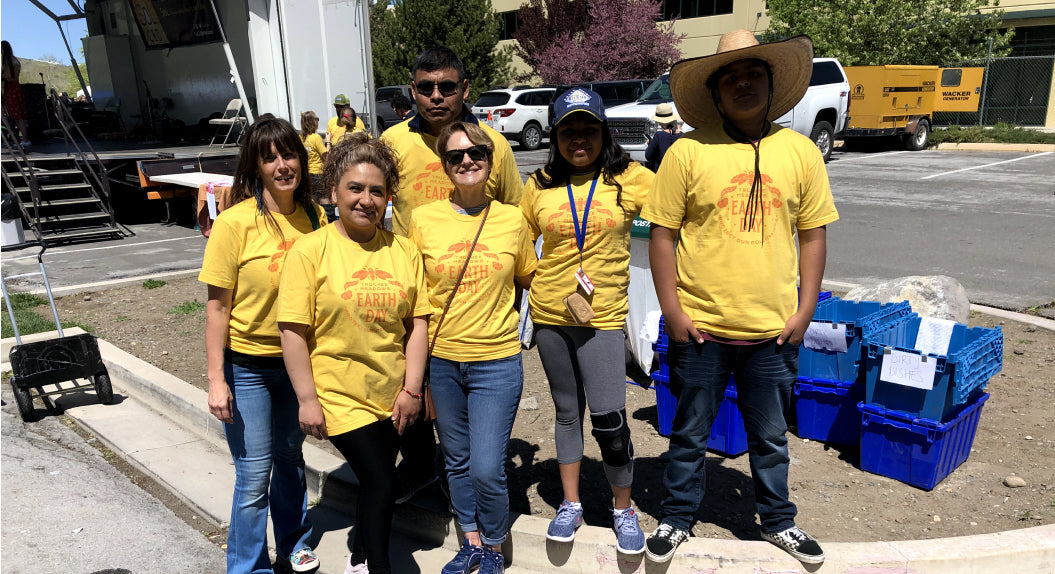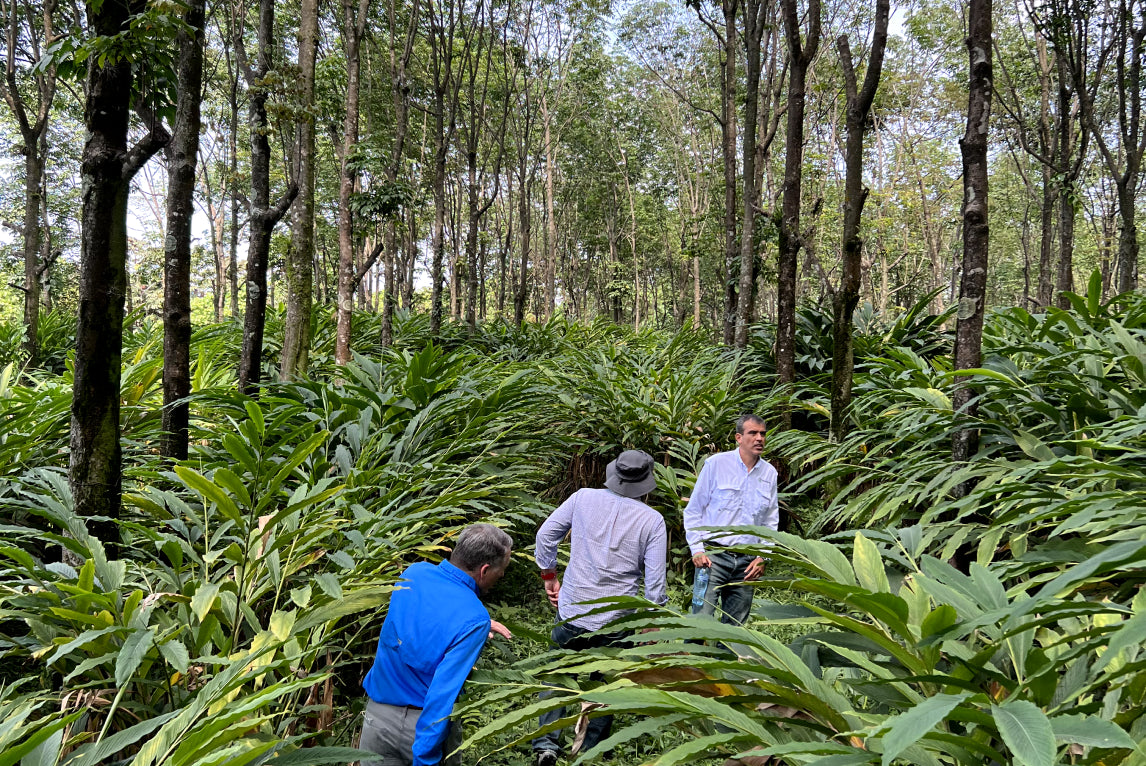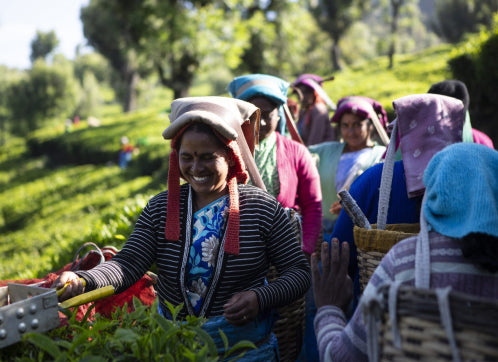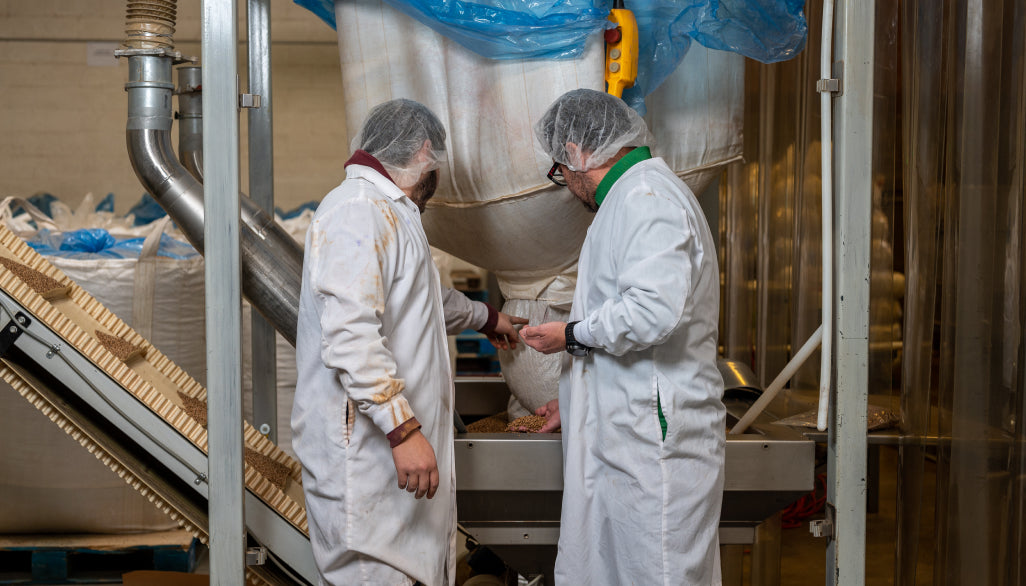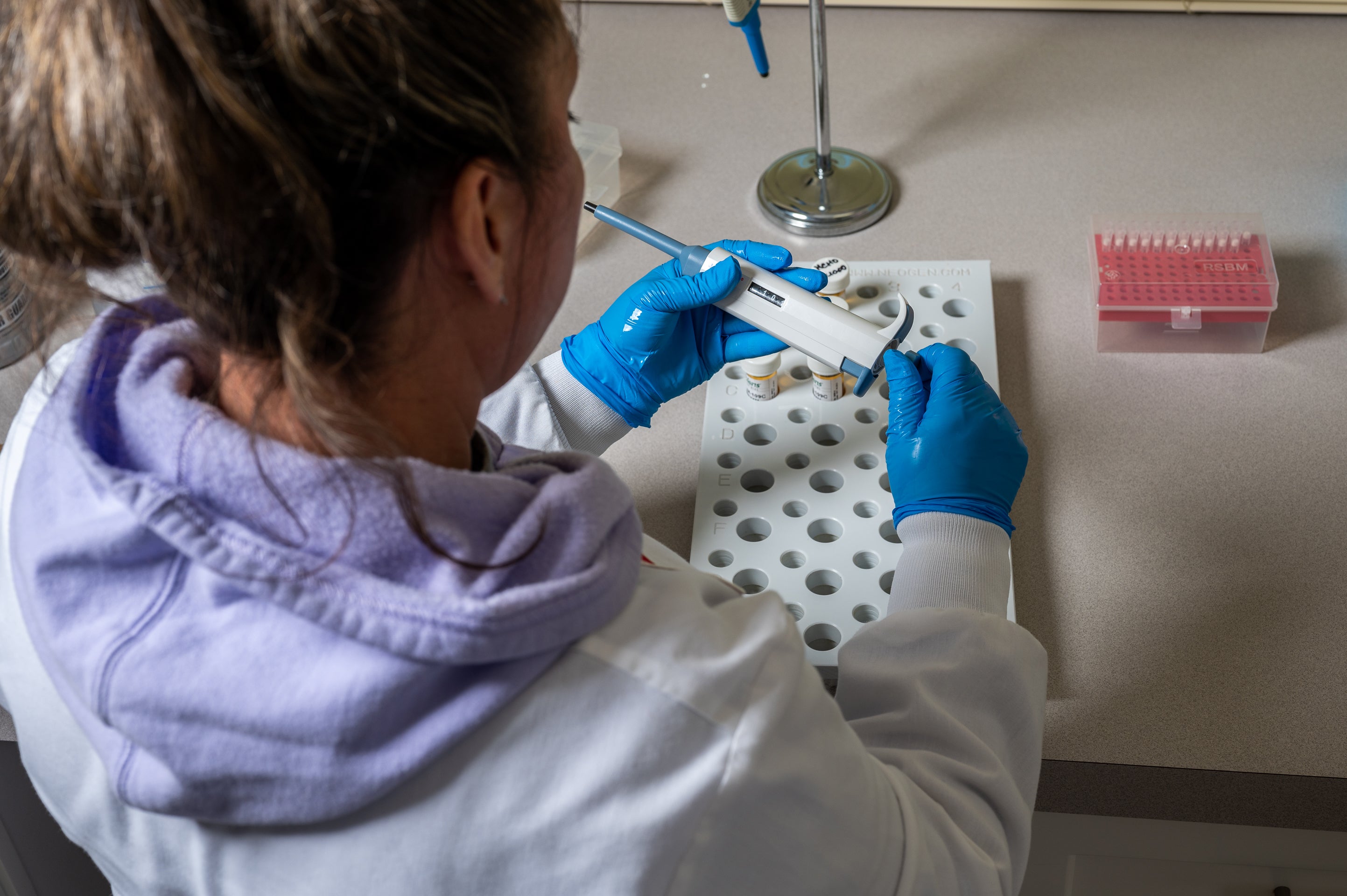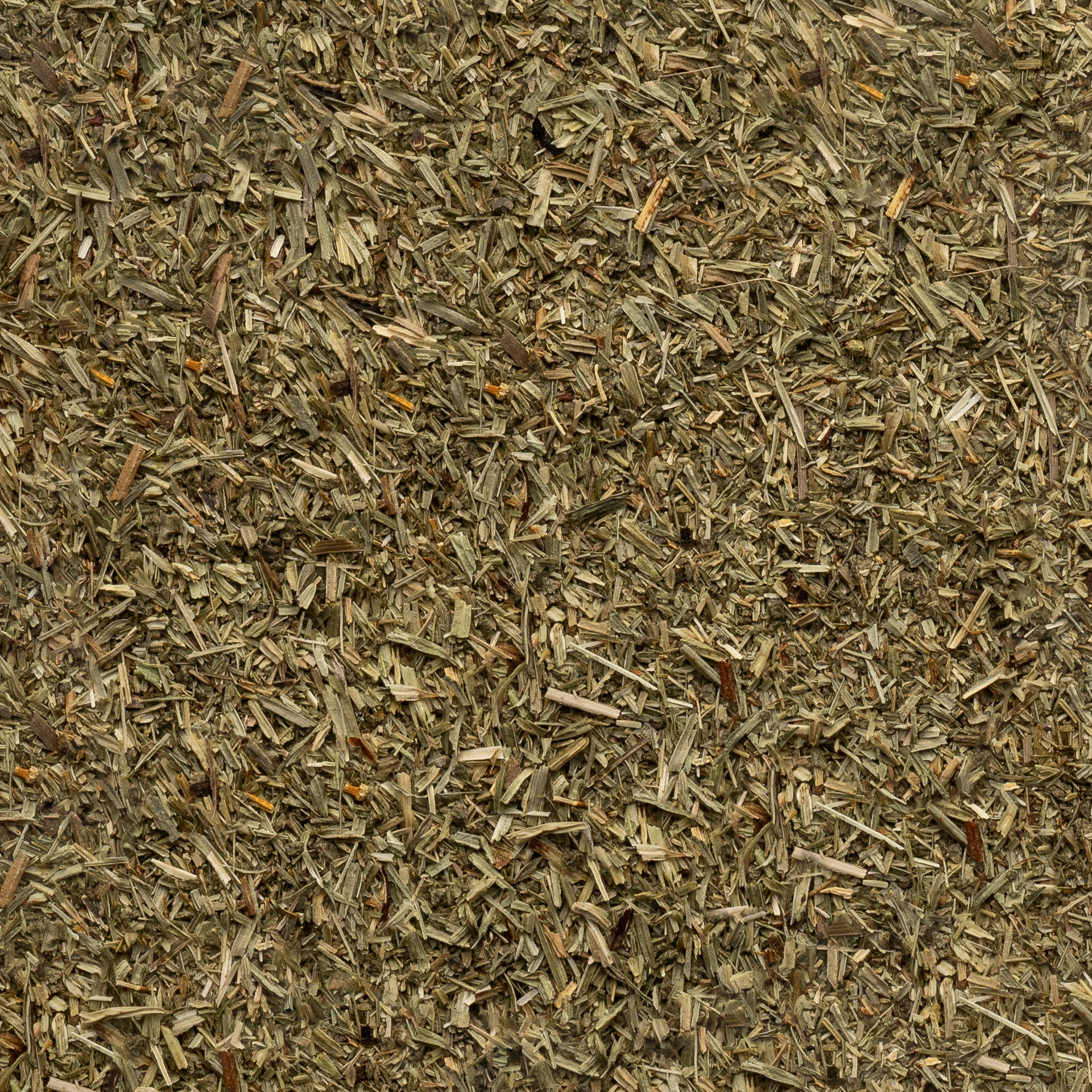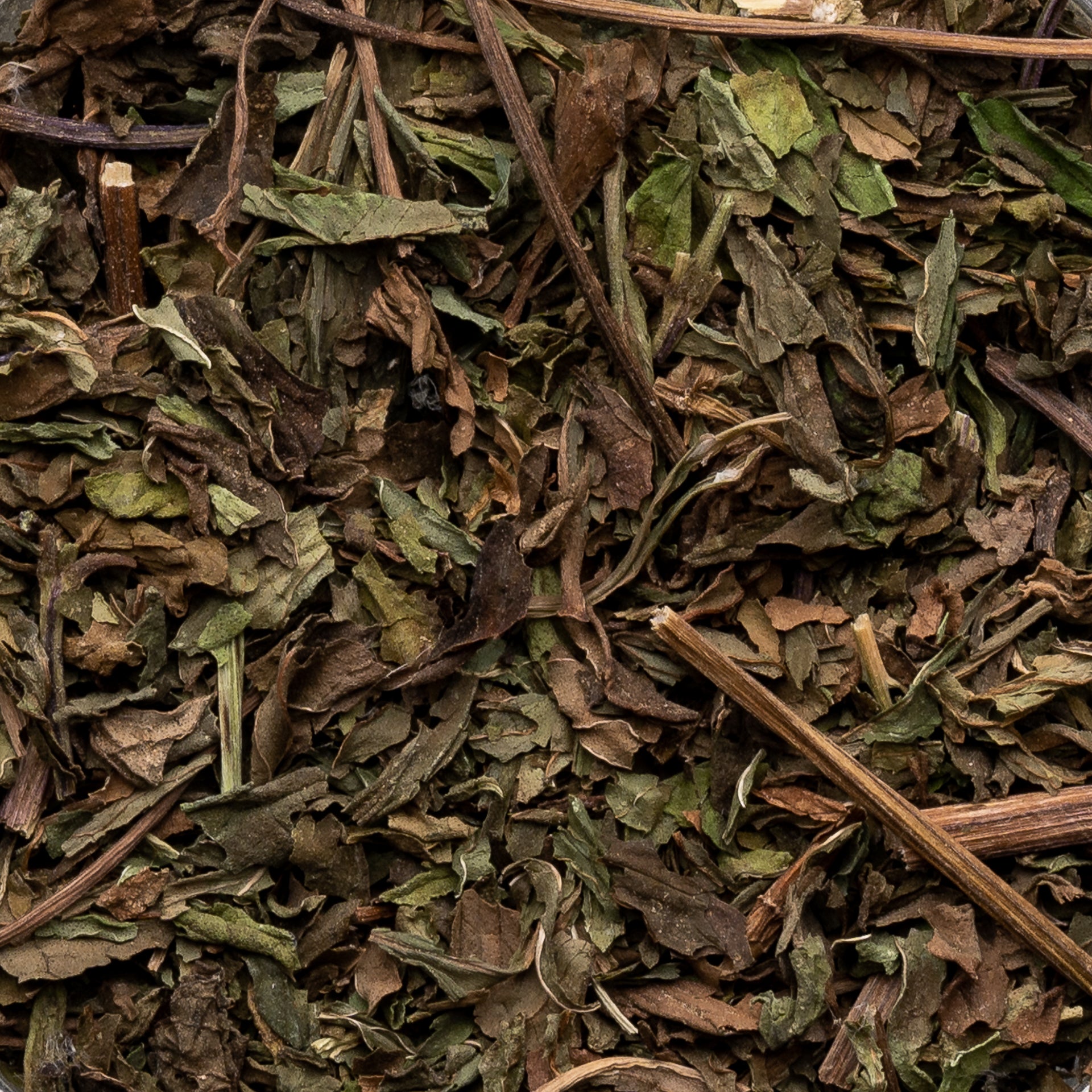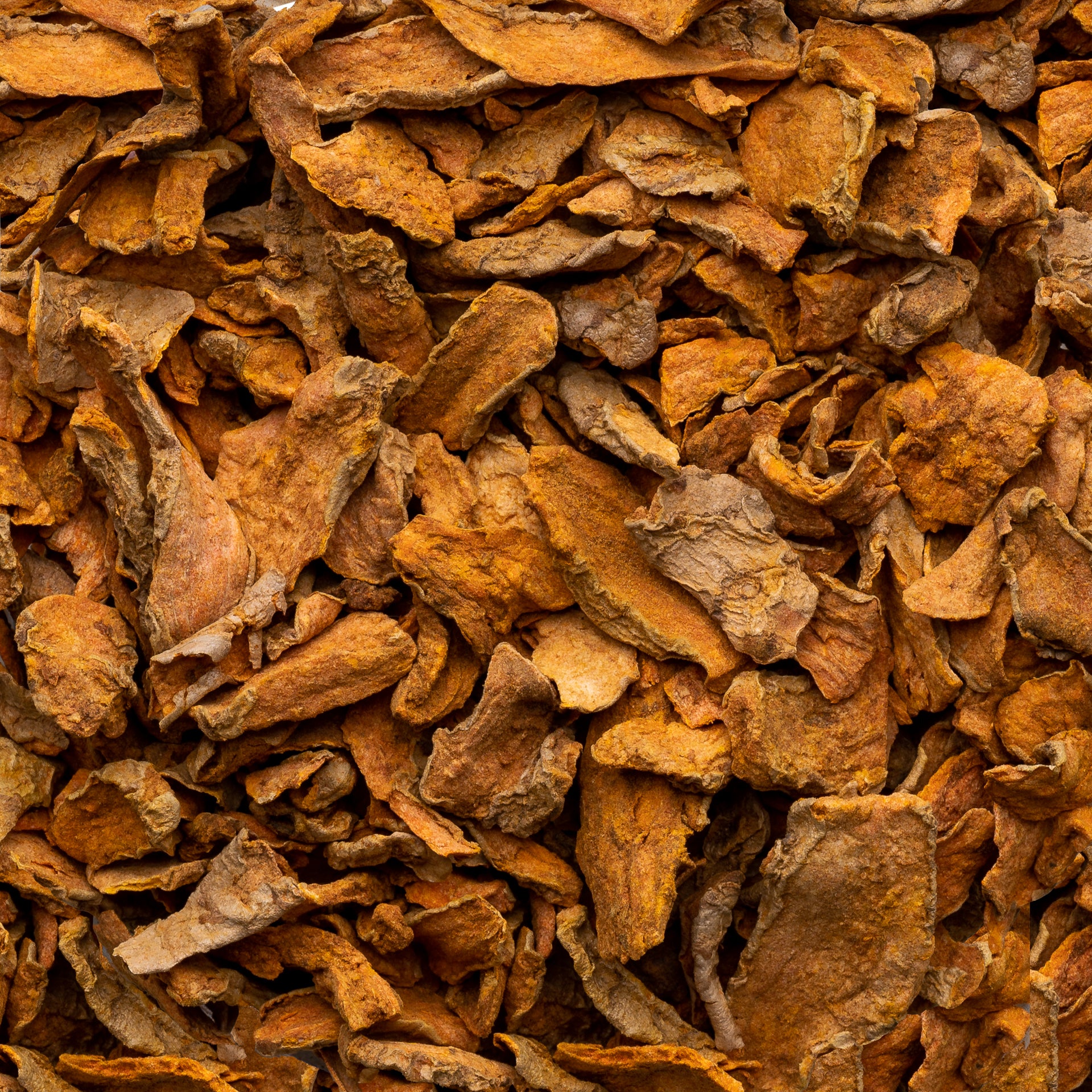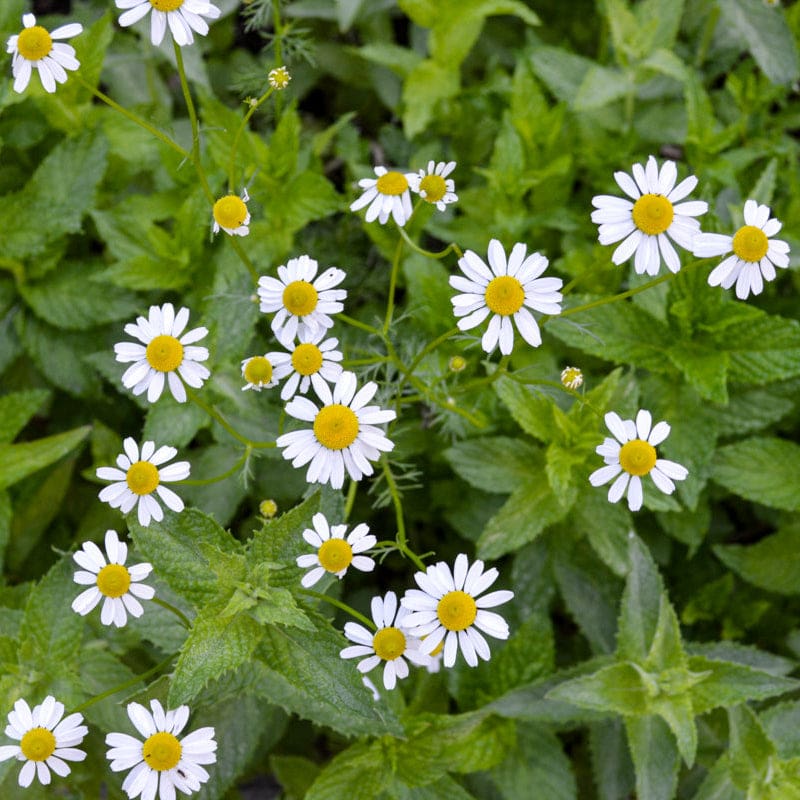Name: Ilex Paraguariensis
Origin: Brazil
Aroma: Camphor-like
Flavor: Earthy and bitter
Our Products: Powdered, Leaf
Contact PGI for micro reduction, roasting, blending, milling, and social involvement with growers.
History
Yerba Mate is native to South America and was thought of as a gift from the gods by the Guarani people. Many origin myths for this plant have circulated, but all have a common theme around goodness and hospitality. One myth speaks about a daughter whose father could no longer travel as the tribe moved to a new homeland. The daughter, the beautiful Yary, after much internal debate chose to stay behind with her father in isolation. This gesture of love was noted by the gods and was rewarded by an unknown shaman bearing a plant as a gift. The shaman instructed the father and daughter to make a tea from this plant and told them “In this new beverage, you will find healthy company, even in the sad hours of the cruelest solitude.” The shaman then disappeared and after sipping the beverage the father was able to make the journey to his tribe’s new location. Overjoyed by their return the tribe adopted this new plant and to this day it is still commonly consumed. This myth shows the culture of drinking this tea and unfortunately, the history of its cultivation was not as kind as the myths of its origin. When Spanish colonizers arrived in South America they noted that this plant was not yet domesticated and was wild harvested instead. Recognizing the economic potential of this cultural drink, a sect of the Catholic faith, the Jesuits, worked to discover the secret of its cultivation. Around 1580 c.e. the Jesuits were successful and so, started the first plantation and large scale distribution of yerba mate. Consumption throughout South America grew, though it never really caught on in the European market. In 1767 the Jesuits were expelled from the Spanish colonies and with them left the knowledge of cultivation. This not only affected the yerba mate market, but it also left the already exploited indigenous peoples under the control of the government whose treatment was even more horrific. Due to this, many indigenous peoples abandoned the missions and the trade of yerba came to a temporary end. Without the knowledge of propagation, people reverted back to wild harvesting which reignited its commodification. Eventually, its secrets were re-discovered and since then Yerba Mate has continued to be a social drink throughout South America and has spread to other continents.
Traditional Uses
Traditionally yerba mate is consumed as a form of hospitality and bringing people together. Along with this beautiful tradition, it is said that this plant has many healing properties. Some of this plants known treatments help to fight fatigue, boost energy, reduce appetite, aid gastrointestinal disorders, and stimulate immune systems. The plant has also been studied for its antioxidant and mineral properties that may aid with inflammation and lowering cholesterol. Yerba is traditionally drunk from a gourd or clay pot with a bombilla, a special straw with a built in filter at the end. The brew begins with filling your cup about ⅔ of the way up with the tea leaves then shifting to one side of the cup forming a mound. Then it is time to dampening the yerba leaves with tepid water and insert your straw to the emptier side. Once you’ve secured your straw you add more hot, but not boiling, water to the cup. As you sip and pass this communal drink along, you continue to add water. Some variations include added sugar, lemon zest, or other botanical.
Yerba Mate Chocolate Truffles
*adapted from a Whole Foods recipe
- 8oz organic dark chocolate melting chips
- 8 Tbsp full fat coconut milk
- 1/4 of a vanilla bean scraped
- 1/4 tsp ground cinnamon
- pinch of pink Himalayan salt
- pinch of cayenne pepper
- 2 Tbsp of loose leaf Yerba Mate
- 1/4 c. unsweetened raw cacao powder
Over a double boiler melt the chocolate. In a saucepan, bring coconut milk to a boil. Cover with a lid and take off the heat. Combine the vanilla, cinnamon, cayenne, and yerba. Once the milks temperature has drops to about 70℉/21℃ add your mixture. and let steep for 5-10 min. Strain the mixture into your now melted chocolate. With a whisk, stir slowly and gently to incorporate the two components. Pour mixture into a deep bowl, cover and refrigerate for a minimum of 2 hours. Once the mixture has set, prepare a sheet pan by sifting the cocoa powder over it. Use a small melon baller or ice-cream scoop to scoop the truffles into a ball shape. Roll briefly in your hands then drop the ball into the cocoa powder. Shift the pan back and forth to fully coat the chocolate in the powder. Once all the chocolate has been rolled, store in an airtight container in the fridge for up to 2 weeks.
